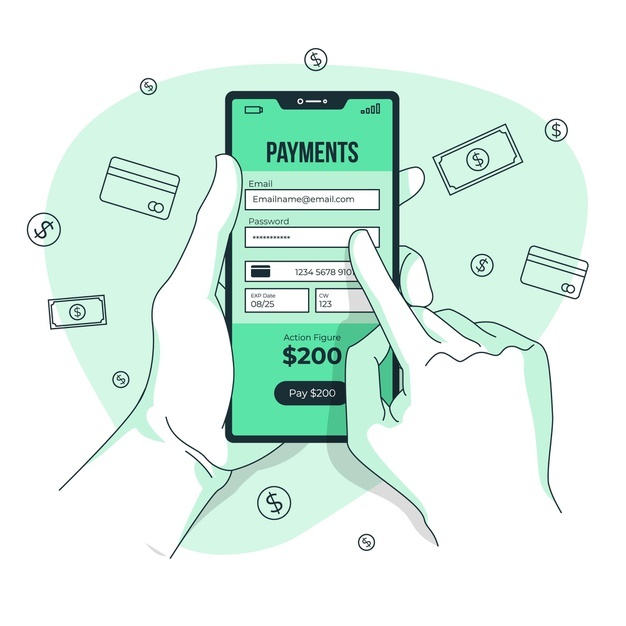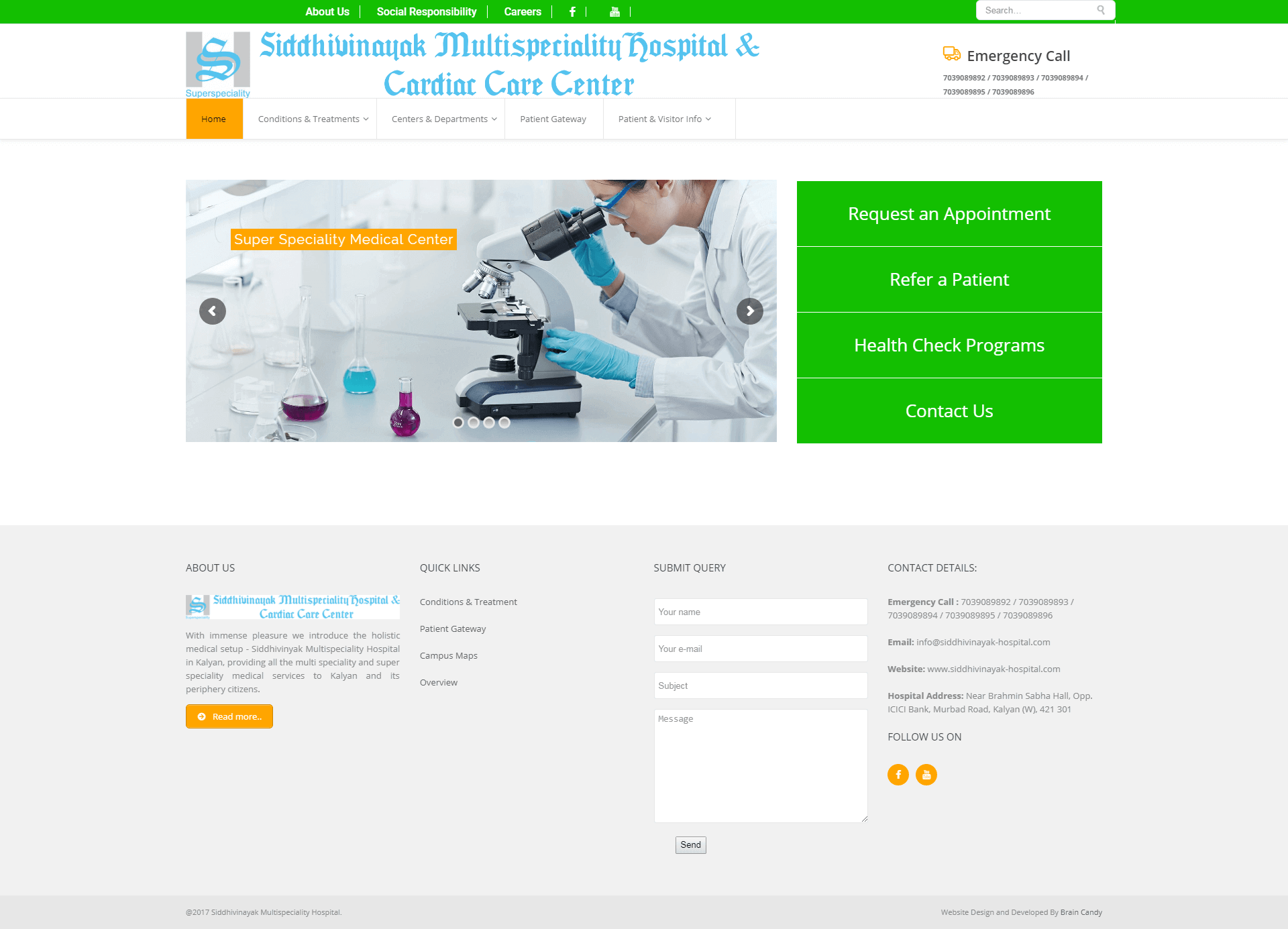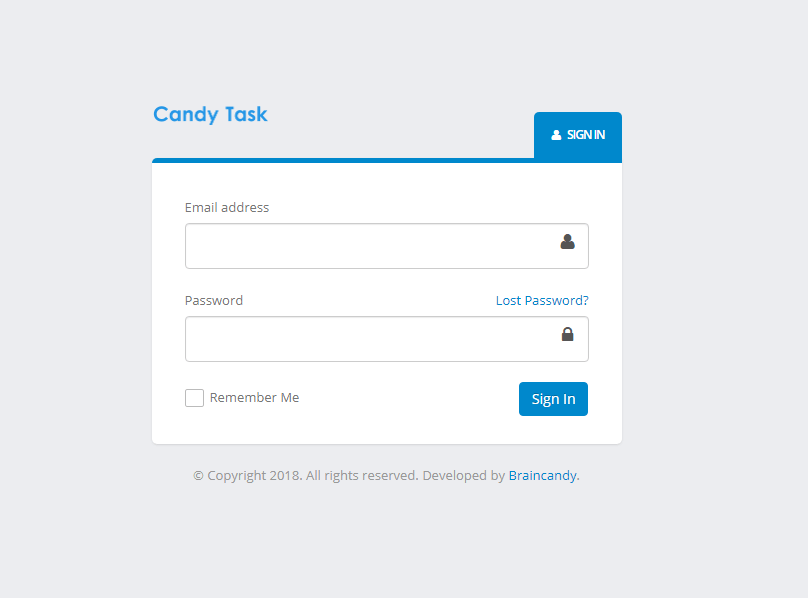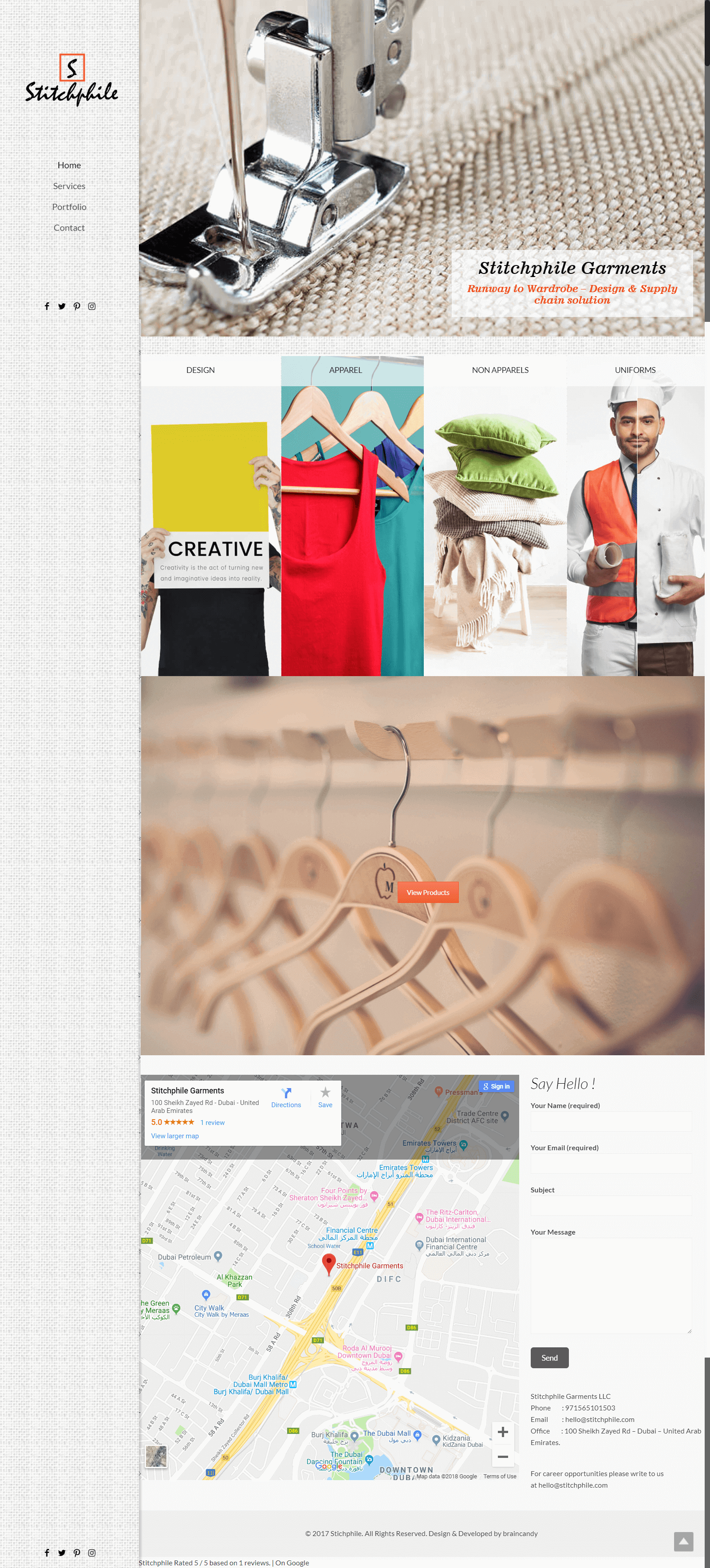- BY braincandy
- POSTED IN Website Design & Development
- WITH 0 COMMENTS
- PERMALINK
- STANDARD POST TYPE


Whether you are an Electronic commerce platform owner or your looking to maintain an online presence, you would need a system for customers to have a safe, quick and also an easy payment system. In order to accept payments from the debit cards and the credit cards, a merchant would need to use a payment gateway which can help in determination of transaction fee, how fast can the money get into the account and the payment methods being given. As per Invespcro.com over 23% customer dropout due to high information needed in a checkout process.
A payment gateway authorizes and process payment in an online and a brick and mortar store. The gateway uses the portal for facilitation of transaction flow between the customers and the merchant. Security protocols and an encryption process is used for the passing of transaction data safely. The types of transactions getting authorized include
- Authorization
- Capture
- Sale
- Refund
- Void
Payment Gateway can be integrated in following ways
- Direct Post Method: It allows the customer to shop without leaving the website, you do not have to obtain a PCI compliance. It assumes that the transaction data is posted on the payment gateway and processor without being saved on your own server. Here you get the customization and branding opportunities and user can perform all the activities on one page, however this system isn’t fully secure.
- Hosted Payment gateway: It acts as a third party; therefore, your customers have to leave your website for completing the purchase, they get directed to third party web page where they make the payment, after which they are redirected to the merchant’s page that shows the success status of the transaction. Here the payment processing is taken care of by the third party and client data is also stored by the vendor. It requires no PCI compliance and is also easy to integrate however there is no control over third party site and also customer may be dissatisfied.
- Non-Hosted Integration Method: Here the companies can use the white label payment gateway, which is a non-hosted solution and a prebuilt gateway that can be customized and branded as your own. Some of the whit label gateways are PayXpert, Akurateco, Hips, PayPipes and Mastercard. Here you can have a full control over the transaction of the website, the website can be customized and tailore to the business needs, however the management of the infrastructure falls on you.
Some of the parameters in choosing a payment gateway provider would include
- Several institutions are involved at every stage of a payment gateway and therefore payments has to be made to them, Some of the fees charged include gateway setup fee, monthly gateway fee, merchant account setup and a fee for each transaction processed.
- The installation and maintenance fees are inevitable, Gateway Providers provide a maximum and minimum number of transaction limits. It is of importance for the merchants as they might use a single gateway for all the available products. One more point of attention for the vendor can be the monthly or daily limits on the transaction.
- You also need to make sure on the payment methods and the listed credit cards, another aspect if the multi-currency support.
- Mobile Payment options needs have to be taken care of, at the moment Google Pay, Apple Pay and Samsung Pay are supporting all the four main credit cards networks and are present in most of the countries.
Whether you are choosing a payment gateway provider/ building your own payment portal, it is a profitable proposition for the online merchant. Integrating a payment system into your site can inspire the customers trust, support the multiple payment solutions and fraudulent transactions can also be avoided.












